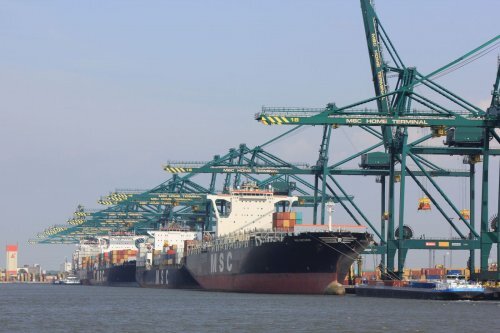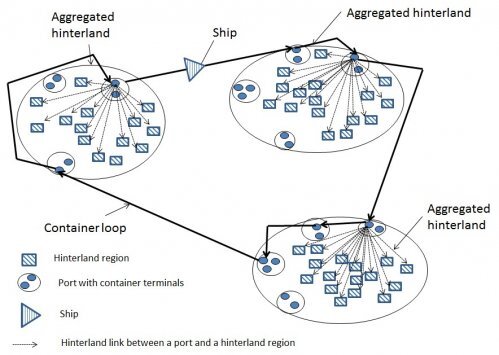Chain Cost Model
The TPR Chain Cost Model is a model that allows calculating the generalised chain cost from a selected point of origin, via a predefined container loop, to a destination point. The full development of the model is done in-house. This means that the model has a base version which can be used right now, but it also possible to adjust and to update the model to further research needs or interest. Shippers, cargo owners, transport operators and policy makers can take advantage of the model.

Situation before
Today it is not possible to make structured calculation and analysis of different transport chains. It is only possible to request some quotes by different companies. Based on these quotes transport companies can make their own simple assessment. With this technology we can make these types of analysis much faster because we collected all the different data of all these different transport chains.
Technology
The main aim of the Chain Cost Model is to calculate the generalised chain cost per TEU container from a selected point of origin in the hinterland, via a predefined container loop, to a destination point in another hinterland. The container loop encompasses the maritime leg of the supply chain. Figure 1 provides a general overview of the original model (Source: van Hassel et al., 2016b).

Figure 1: Structure of the Chain Cost Model
For all these different logistics chains, the generalised costs are calculated. The generalised cost approach is used in order to determine the competiveness of a port (region) in a container loop and to determine which transport chain has the lowest generalised chain cost. The shipper’s preferences for a logistics chain, including the port choice, are influenced to a large extent by these generalised costs. These include aspects such as reliability, service, flexibility and port information system quality, which are harder to quantify than the out-of-pocket and time cost.
It is possible to adjust/update the current version of the model. This is possible due to the fact that the software is built using the normalized systems approach, which means that the software is evolvable. This also means that the model can grow both in scope (more ports and more hinterland regions) and in depth. As a result a large number of different studies have been developed by using this model, each of them having led to further model extensions.
For who?
The model can be used by shippers, cargo owners as they can make these types of assessments quite fast. On top of that it is also very interesting to be used by terminal, road and rail operators. We can, for instance, calculate changes or improvements at terminal level, like automation at a terminal. Also policy makers can make advantage of it as we can also take into account different changes at policy level.
About the researchers/research group
TPR (Department of Transport and Regional Economics) is committed to be an international centre of excellence for fundamental and applied academic research in transport economics, logistics and regional economics. Its mission is to improve transport and logistics for our society and the business community. Its research results in theories, applications and instruments to enhance existing academic knowledge, transport policy and supply chain environments.
More information
University of Antwerp
Valorisation Office
Middelheimlaan 1
2020 Antwerpen – Belgium
Phone: +32 3 265 30 25